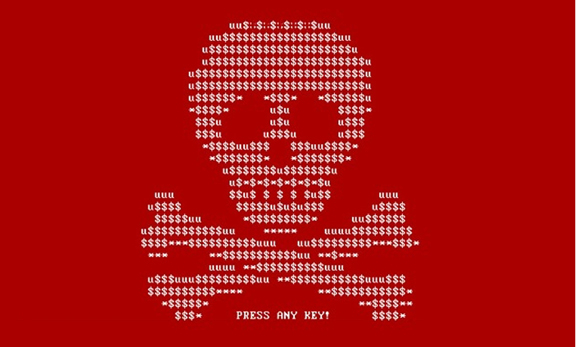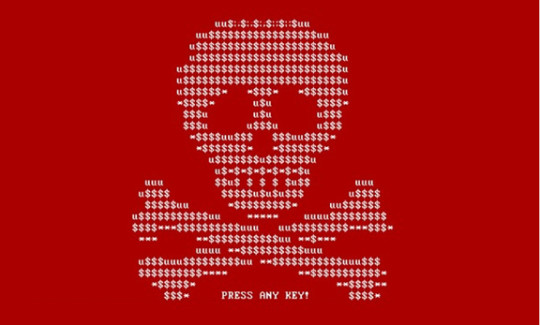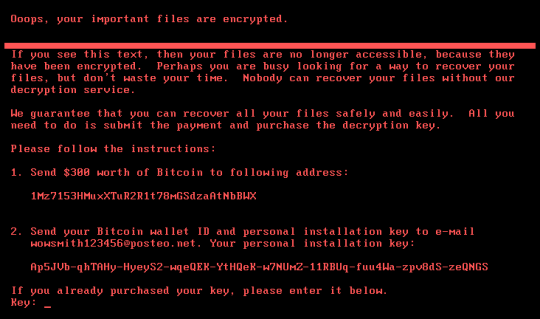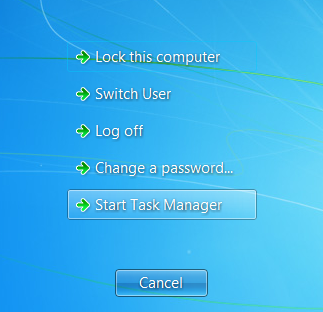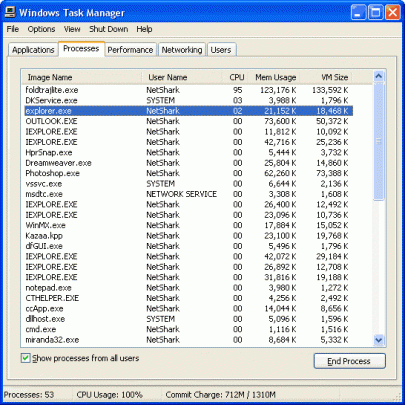
Bitcoin remains a lucrative cryptocurrency and hackers are keen to cash in on it. And they’ve now scammed $180k in one day through hacking Twitter accounts.
With around 336 million active users, Twitter is one of the most popular social media sites and has attracted a number of authority figures in almost every niche you can think of. As a result, it’s fair to say that if your organization isn’t on Twitter then it needs to be on Twitter. It’s a fantastic marketing tool that can be used to engage customers, promote products and deliver instant marketing all over the world. However, it’s this level of interest in Twitter and the trust which users invest in official accounts that makes it susceptible to hackers.
Due to a recent hack of several major Twitter accounts, with large numbers of followers, hackers managed to deceive these followers by impersonating Elon Musk and requesting Bitcoin. Unbelievably, this approach was successful and the hackers managed to obtain around 28 Bitcoins valued at roughly $180,000. And this is all thanks to hacking successful Twitter accounts. As it’s likely that you run a Twitter account to support your business, we’re going to take a look at what happened and how you can protect your Twitter account.
What Did This Fake Elon Musk Do?
Elon Musk needs little introduction due to his fame which has been generated by co-founding PayPal and designing Tesla’s electric car range. Known as a man who can make money happen, he recently appeared on several major Twitter accounts such as Pantheon Books and UK clothing range Matalan. However, this wasn’t the real Elon Musk as these official Twitter accounts (complete with blue ticks) had simply had their user name changed and their profile picture replaced with a picture of Musk. These hacked accounts then promised that, as part of a Bitcoin giveaway, he would exchange a substantial amount of Bitcoin for a verification payment of anything from 0.1 to 3 Bitcoins.
The hackers were clever enough to even hack other Twitter accounts such as the National Disaster Management Authority of India and use these to send out fake ‘verification’ tweets that they had received multiple Bitcoins in exchange. Despite sounding too good to be true and requiring very little investigative work to discover that something wasn’t quite right, 392 transactions took place in just one day and allowed the hackers to make a small fortune very quickly. Although this behavior clearly violated Twitter’s guidelines, the anonymous nature of Bitcoin transactions means that there was relatively little risk for the hackers.
Protecting Your Twitter Account
It’s not known how the hackers behind the Elon Musk scam managed to breach so many official Twitter accounts, but it’s important that you ensure your Twitter account is secured. To help protect your organization’s Twitter account make sure you practice the following:
- Keep your password secure through regular changes, long passwords and combination passwords
- Twitter allows you to use two-factor authentication so that access is only granted to your account when a randomly generated code sent to a mobile device is entered
- Try not to install third-party Twitter apps which request access to your Twitter account as it’s very difficult to monitor what they do with your data
If you can regularly follow these three steps then you’re going to significantly reduce the chances of losing control of your Twitter. And, remember, even if the hackers aren’t using your account to demand Bitcoin, losing control of your Twitter account, which is a crucial communication channel in modern business, could still be disastrous for your reputation and revenue.
For more ways to secure and optimize your business technology, contact your local IT professionals.
Read More







